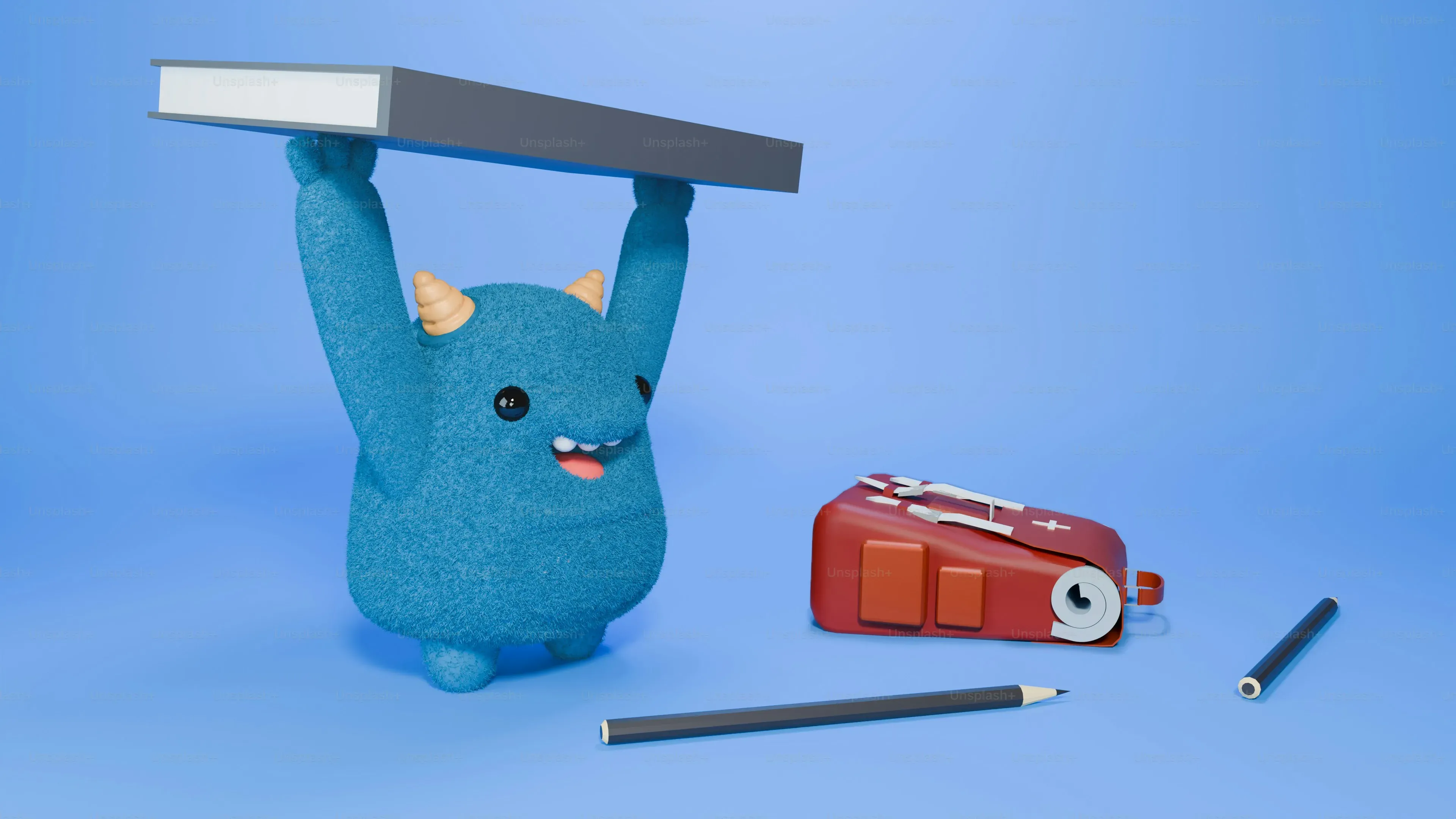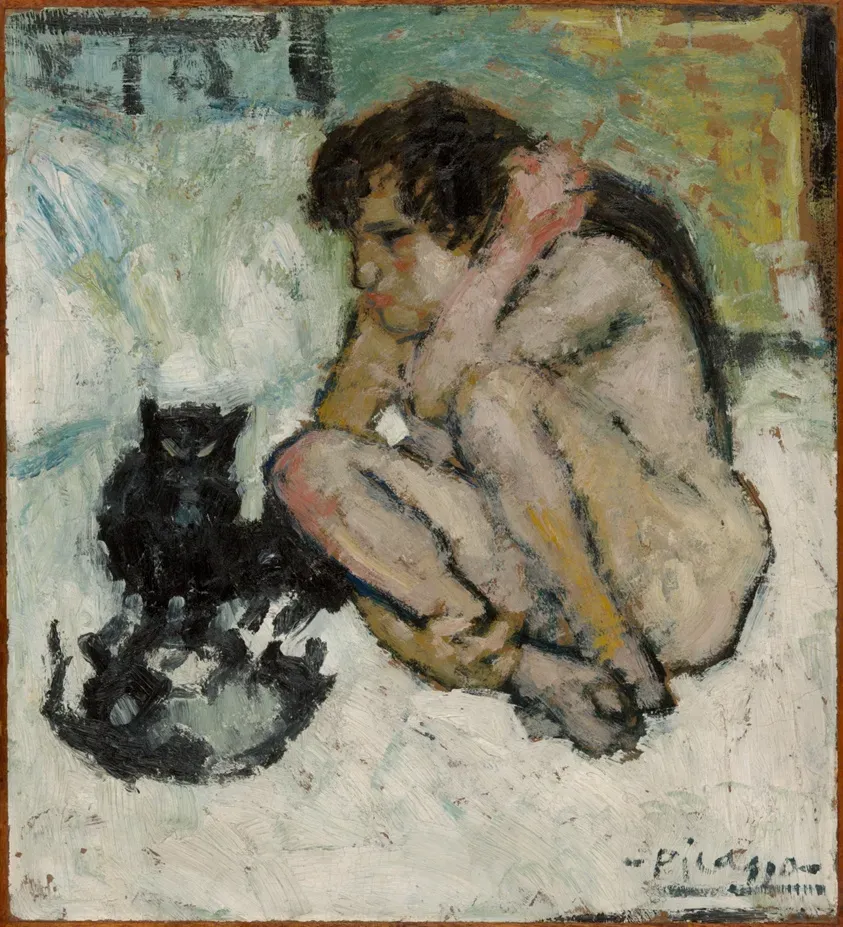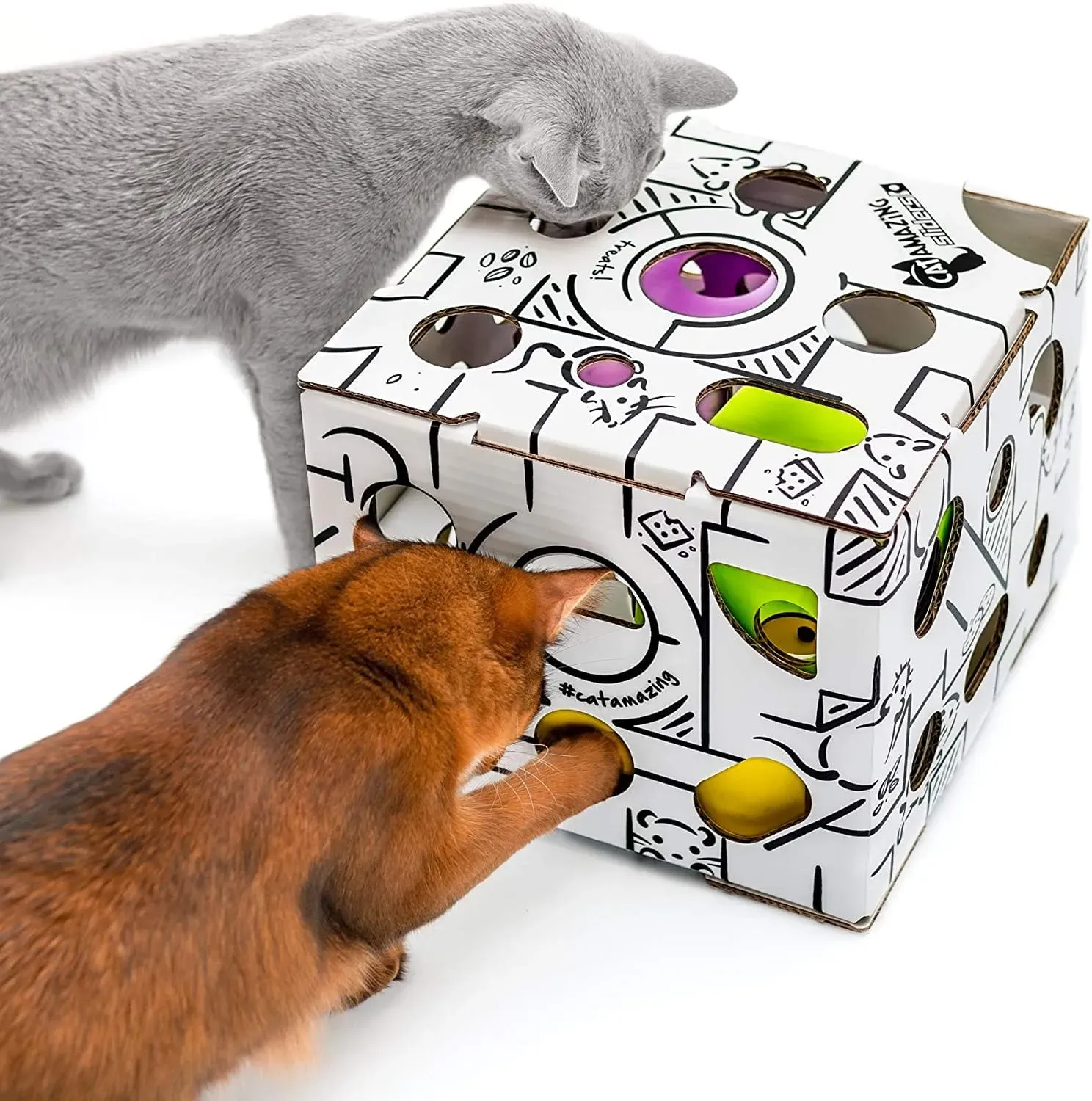Table of Contents
Ever watch your cat stare blankly out the window, or worse, redecorate your sofa with their claws? Indoor life, while safe, can get pretty dull for a creature wired for hunting and exploration. A bored cat is often a mischievous cat, and let's be honest, nobody enjoys tripping over a rogue dust bunny launched by a feline energy burst that has nowhere else to go.
Why Your Cat Actually Needs Interactive Playtime

Why Your Cat Actually Needs Interactive Playtime
Look, your cat isn't just a furry roommate who occasionally judges your life choices from a high perch. Underneath that aloof exterior is a finely-tuned predator, hardwired for stalking, pouncing, and chasing things that scurry. When they don't get to express those natural behaviors, things go south. We're talking about boredom leading to destructive scratching, anxiety manifesting as excessive grooming, or even weight gain from a sedentary lifestyle. Ignoring the need for mental and physical stimulation isn't just unfair to your cat; it's setting yourself up for headaches and vet bills down the road. Providing consistent, engaginginteractive toys for catsisn't optional; it's crucial for their overall well-being and for maintaining a peaceful coexistence in your home.
Top Types of Interactive Toys for Cats That Get Results

Top Types of Interactive Toys for Cats That Get Results
so now that we're clear on *why* your cat needs to play, let's talk about the tools of the trade. Not all toys are created equal, and frankly, most cats will give you a look of utter disdain if you just toss a sad little puffball at them. We're aiming for theTop Types of Interactive Toys for Cats That Get Results. Think beyond the generic felt mouse. We're looking for things that move unpredictably, dispense treats with a little effort, or require some problem-solving. These are the toys that tap into that deep-seated hunting drive, providing the chase, the capture, and sometimes, the reward, all within the safety of your living room.
Choosing the Right Interactive Toys for Cats Based on Their Personality

Choosing the Right Interactive Toys for Cats Based on Their Personality
Spotting Your Cat's Play Style
Alright, so you've seen the endless aisles of cat gadgets and gizmos. How do you know which one won't just end up ignored under the sofa, gathering dust bunnies like some kind of fuzzy, forgotten treasure? The trick isn't buying the *most* expensive toy; it's buying the *right* toy. And that starts with understanding your cat. Is your cat a natural-born hunter, always twitching their tail at airborne insects or imaginary prey? Or are they more of a puzzle-solver, fascinated by how things work (or how to break them)? Maybe they're a bit cautious, preferring toys that don't jump out and startle them. Observing their natural behavior is key to making smart choices when pickinginteractive toys for cats.
Matching Toys to Temperament
Once you've got a handle on your cat's dominant personality traits, you can start filtering the toy options. For the relentless hunter, think about toys that mimic prey movement – wand toys with feathers or ribbons, or robotic mice that dart and stop unpredictably. Puzzle feeders or treat balls work wonders for the brainy cat who enjoys a challenge and a reward. If your cat is a bit timid, start with less intimidating options like crinkle balls or simple track toys with balls they can bat around without feeling threatened. Don't be afraid to experiment a little; sometimes a cat surprises you, but a basic understanding of their preferences saves you money and prevents toy graveyard syndrome.
Consider these cat personality types and suitable toys:
- The Hunter: Loves to chase, stalk, and pounce. Good toys: Wand toys, laser pointers (use sparingly and always end with a treat or physical toy), robotic mice, feather teasers.
- The Thinker: Enjoys figuring things out and earning rewards. Good toys: Puzzle feeders, treat dispensing balls, intricate track toys, hide-and-seek style toys.
- The Explorer/Climber: Needs vertical space and new vantage points. Good toys: Cat trees with dangling toys, climbing walls, tunnel systems with hidden toys.
- The Basher/Swatter: Prefers knocking things around and batting at them. Good toys: Track toys with balls, crinkle balls, kickers, springs.
Making Interactive Play a Regular, Rewarding Routine

Making Interactive Play a Regular, Rewarding Routine
Consistency is King (or Queen)
so you've got the rightinteractive toys for cats, you know your cat's play style, but how do you make sure this isn't just a one-off event? The key is consistency. Cats thrive on routine, even if they pretend to be spontaneous chaos agents. Aim for at least one or ideally two dedicated play sessions each day. Think of it like their workout and mental enrichment class rolled into one. Short bursts work well – maybe 10-15 minutes in the morning before you head out and another 15-20 minutes in the evening before dinner. This regular schedule helps manage their energy levels and gives them something predictable to look forward to.
Skipping a day here and there won't ruin everything, but making it a habit ensures they get the stimulation they need consistently. A friend of mine used to only play with his cat, Whiskers, when he felt guilty about working late. Whiskers became a furry wrecking ball, tearing up curtains out of sheer frustration. Once he committed to a strict 7 PM play session, the curtain attacks stopped almost overnight. It’s not magic; it’s just meeting their needs on a predictable schedule.
Keep it Fresh and Fun
Playing with your cat shouldn't feel like a chore, and frankly, if it does, you're probably doing it wrong. The goal is to mimic the hunt: stalk, chase, pounce, capture. Don't just dangle a wand toy lifelessly. Make it move like prey – darting, hiding behind furniture, pausing, then zipping away. Vary the toys you use throughout the week to keep things interesting. If you only ever use a laser pointer, your cat might get frustrated by the lack of a tangible "kill." Rotate between wand toys, puzzle feeders, and perhaps a remote-controlled mouse.
Introduce new challenges occasionally. Hide treats in different spots for them to find, or set up a simple obstacle course with boxes and tunnels. This prevents boredom and keeps their problem-solving skills sharp. Remember, you are part of the interactive experience. Your enthusiasm (or at least, your convincing imitation of prey movement) makes a huge difference.
Ways to Vary Play Sessions:
- Change up the speed and direction of wand toys.
- Rotate through different types of toys daily or weekly.
- Incorporate hiding and seeking elements.
- Use puzzle toys with varying difficulty levels.
- Play in different rooms or areas of the house.
End on a High Note and Reward the "Kill"
The most crucial part of an interactive play session is how you end it. In the wild, a successful hunt ends with a meal. You need to replicate this satisfaction. About 5-10 minutes into the session, start winding down the play. Make the "prey" (the toy) easier to catch. Let your cat finally capture the wand toy or get the last treat out of the puzzle feeder. This feeling of success is incredibly important for their confidence and sense of accomplishment.
Immediately after the successful "capture," give them a small, high-value treat or their regular meal. This reinforces the positive association with the play session and satisfies their natural hunting sequence. Ending play this way signals to your cat that the hunt is over and they were successful, preventing them from feeling frustrated and continuing to "hunt" things they shouldn't be, like your ankles at 3 AM. As renowned cat behaviorist Jackson Galaxy often says, "Structure + Routine + Ritual = A Balanced Cat." Ending play with a clear ritual like feeding is a big part of that equation.
Making Interactive Play a Non-Negotiable
So there you have it. Interactive toys for cats aren't just frivolous purchases; they're a fundamental part of providing a stimulating life for your indoor hunter. Ignoring this need can lead to frustrated felines and scratched furniture – a lose-lose situation. By understanding your cat's instincts and preferences, choosing the right tools, and committing to regular play sessions, you're not just entertaining them; you're enriching their lives and strengthening your bond. It takes effort, sure, and not every toy will be a winner, but the payoff in a happier, healthier, less destructive cat is significant. It's not a miracle cure for every behavioral quirk, but consistent, engaging play with interactive toys for cats is a pretty solid foundation for a well-adjusted companion.